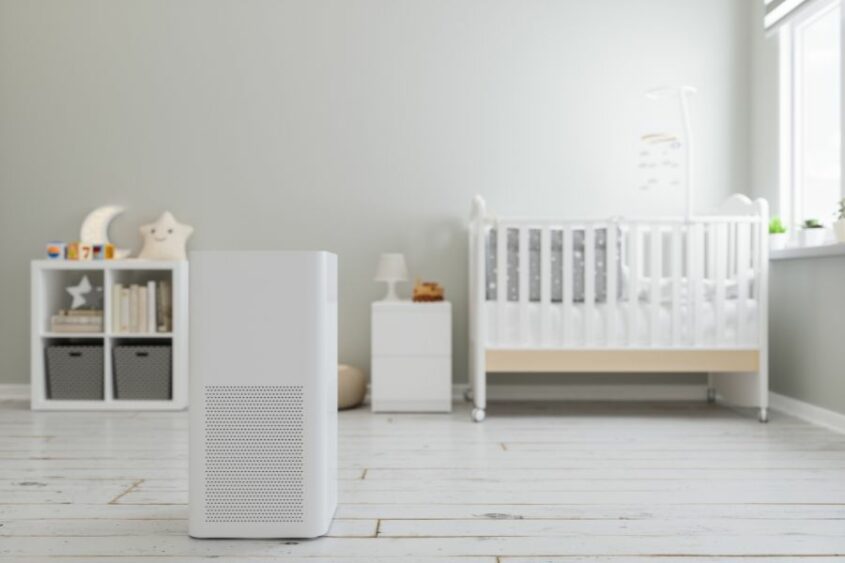Overview
Air pollution ranks as the fifth largest contributor to global mortality and disease. Scientists believe it was responsible for 4.2 million premature deaths worldwide back in 2019. That accounts for 7.6% of total global deaths. (1)(2)(3)
The number goes up to 6.7 million a year when data for ambient (outdoor) air pollution + household air pollution premature deaths are combined. (1)
Researchers project that deaths from air pollution may result in around $43 billion in net health benefits by 2032. (4)
Government regulators like the EPA (Environmental Protection Agency) have set limits on emissions to reduce the risks of health problems, many of which are linked to the lungs and brain. (4)(5)
What’s alarming, however, is that recent studies showed that even “safe” and low-level air pollution can still affect children’s brain development. (5)
Children exposed to more pollutants (but still within “safe” levels) appear to have different brain structures than the kids with lower pollutant exposure. For example, they may have reduced white matter surface, thinner gray matter, and lower cortical thickness. There were also changes in their amygdala and hippocampus (see below). (2)(5)
According to researchers, these children’s brains had more connections than normal but had fewer connections in other areas. (5)
Learn more about the 2023 Environment International journal study on the effects of low-level air pollution on children’s brains and the government’s protocols to keep our children safe.
Does Air Quality Affect Your Brain?
Researchers have long established that poor air quality can harm the brain and body. The effects are particularly alarming in children whose brains are still developing. (2)
A 2020 Developmental Medicine & Child Neurology journal study found that air pollution exposure, even during pregnancy, can affect children’s developing brains. (2)
How exactly can kids’ brains be affected by this? Keep reading to find out.
How Does Air Pollution Affect Children’s Brain Development?
Exposure to pollutants during pregnancy and childhood can lead to: (2)(5)
- Changes in brain structures (e.g., reduction in the white matter surface, thinner gray matter, and reduced cortical thickness; reductions or increases in amygdala and hippocampus size that are different from normal growth)
- Neurodevelopmental delays
- Possible deficits in developmental test scores
- Developmental disorders, including autism spectrum or attention-deficit/hyperactivity disorders
Changes in the amygdala size can affect children because this part of the brain encodes memories and regulates emotions. The hippocampus is responsible for long-term memory formation, storage, and retrieval.
The brain’s white matter helps process information, while the gray matter helps control memory, emotions, and movement.
Scientists explain that children are more vulnerable to air pollution due to the following: (2)(5)
- Their brains are undergoing rapid and dynamic neural changes.
- Their natural defense mechanisms are still developing (e.g., the immune system and the blood-brain barrier).
- They have a higher respiratory rate (ratio of breathing rate vs. body size).
- They are less aware of unhealthy environmental conditions and cannot change their surroundings to protect themselves.
Communication between brain regions is essential in running the body’s systems, navigation, and virtually everything we do. These brain regions help process information taken from our surroundings. (6)
Critical connections between different brain regions develop during childhood, especially around ages 9-12. So, the harmful effects of air pollution on the brain during this period can directly influence children’s cognitive and emotional development. (6)
2023 Study Results: Does Low-Level Air Pollution Affect Brain Development?
A 2023 study published in the Environment International journal showed that certain pollutant levels can still affect children’s brain development, even if they’re considered safe by the EPA. (5)
The researchers used brain scans from nearly 9,500 subjects who participated in the ABCD (Adolescent Brain Cognitive Development) study, believed to be the largest-ever nationwide youth brain health study.
Brain scans were made for children 9-10 years old. The annual average pollutant concentrations were taken based on their primary residence address:
- Fine particulate matter
- Ground-level ozone (one of the main components of photochemical smog)
- Nitrogen dioxide
The scans were repeated after two years.
The study showed that children exposed to more pollutants can have changes in the connectivity between various regions in their brains.
It appears that different pollutants have varied effects on children’s brain development. For example, these are the effects of higher levels of certain pollutants measured in the study:
- Fine particulate matter – relative increases in the functional connectivity between brain regions (e.g., connections between the amygdala and the hippocampus)
- Ground-level ozone – greater connections within the cerebral cortex; fewer connections between the cerebral cortex and other regions (e.g., the hippocampus and amygdala)
- Nitrogen dioxide – relative decreases in brain regions’ connectedness
The study researchers also controlled for the following to rule out possible factors that might explain brain development differences among the subjects:
- Sex
- Race or ethnicity
- Household income
- Parental education level
- Urban vs. rural locations
- Seasonality (because air pollution can vary across the seasons)
Can Reducing Air Pollution Support Healthy Brain Development?
Because air pollutants have been established to affect the brain (see above), researchers agree that better air quality can support children’s brain development. (2)(3)(5)
Air Pollution Guidelines: What Are The Limits?
The following are the maximum levels of the pollutants used in the study: (4)(7)
- Fine particulate matter: 12 mcg per cubic meter
- Ground-level ozone: 0.070 ppm (parts per million)
- Nitrogen dioxide: 100 ppb
Calls To Tighten Air Quality Guidelines
The EPA has proposed reducing particulate matter limits to 9-10 mcg per cubic meter. This aligns with the results and recommendations of various studies based on the latest scientific evidence and health data. It also considers the recommendations of CASAC (Clean Air Scientific Advisory Committee). (4)
Devyn L. Cotter, MSc, the first author of the 2023 Environment International study above and a neuroscience doctoral candidate at the Keck School of Medicine, explained: (6)
“On average, air pollution levels are fairly low in the U.S., but we’re still seeing significant effects on the brain.”
“That’s something policymakers should take into account when they’re thinking about whether to tighten the current standards.”
3 Ways To Improve The Air Quality In Your Home
1. Invest In A Quality Indoor Air Purifier
Allergens, dust, VOCs, and other indoor pollutants are often difficult to see because they’re so small. Here’s where indoor air purifiers can come in handy.
These products absorb bad smells, eliminate chemicals from the air, and draw particulate matter (e.g., dust and allergens) in, then release cleaner, purified air.
The right products can dramatically reduce air pollutants to improve your home’s air quality.
2. Cut Down On Pollutants & Keep Your Home Clean
Dust, pollen, animal dander or fur, and other small particles can accumulate on surfaces inside your house. They can contribute to indoor air pollution as fine particulate matter.
So, keeping your house clean is always a good idea to reduce these pollutants.
3. Use GREENGUARD Gold Certified & Other Safe Products
There are many benefits to using GREENGUARD Certified nursery products and furniture in your home. They’ve been tested and certified to have low chemical emissions, particularly harmful VOCs (volatile organic compounds).
Read the MC Health & Safety Philosophy to learn more about the harmful chemicals to avoid so you can keep your home and children safe.
Our Recommendations
Dyson Purifier Cool TP07 Smart Air Purifier and Fan



Molekule Air Mini+ (an FDA-Cleared Medical Air Purifier with Particle Sensor & PECO Technology for Mold, Bacteria, Viruses, Allergens, & Pollutants)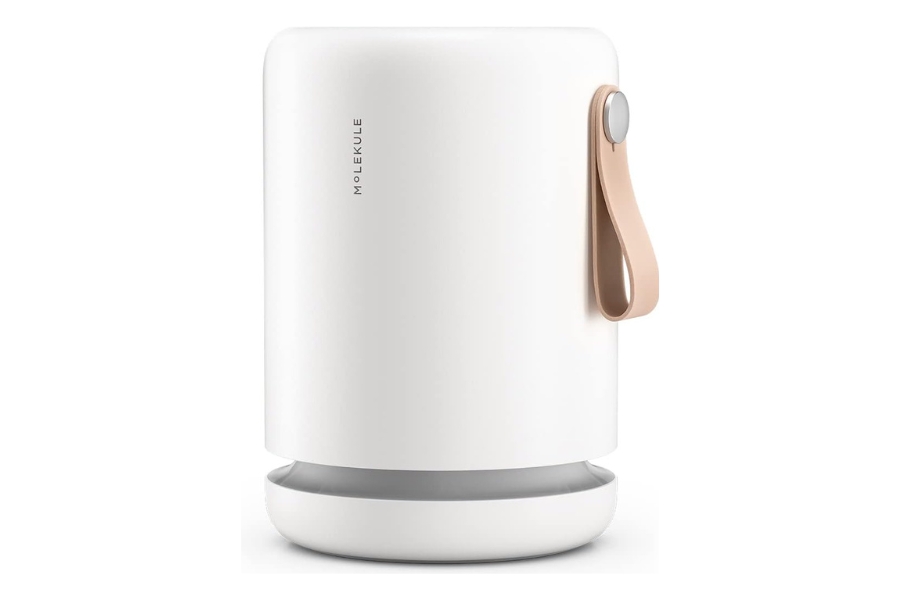



Coway Airmega AP-1512HH(W) True HEPA Purifier with Air Quality Monitoring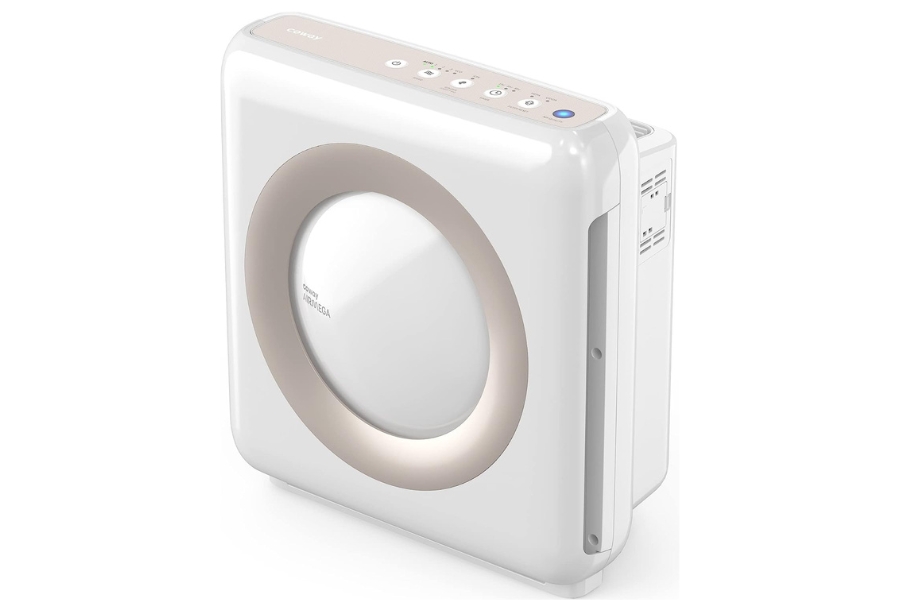



IQAir HealthPro Plus (plus the AirVisual Pro Indoor Sensor)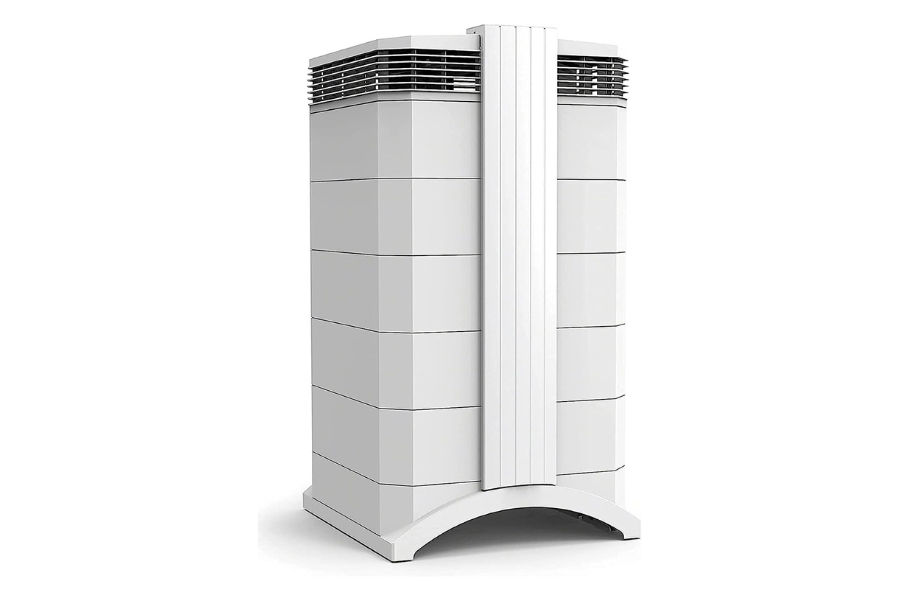



AirVisual Pro Indoor Sensor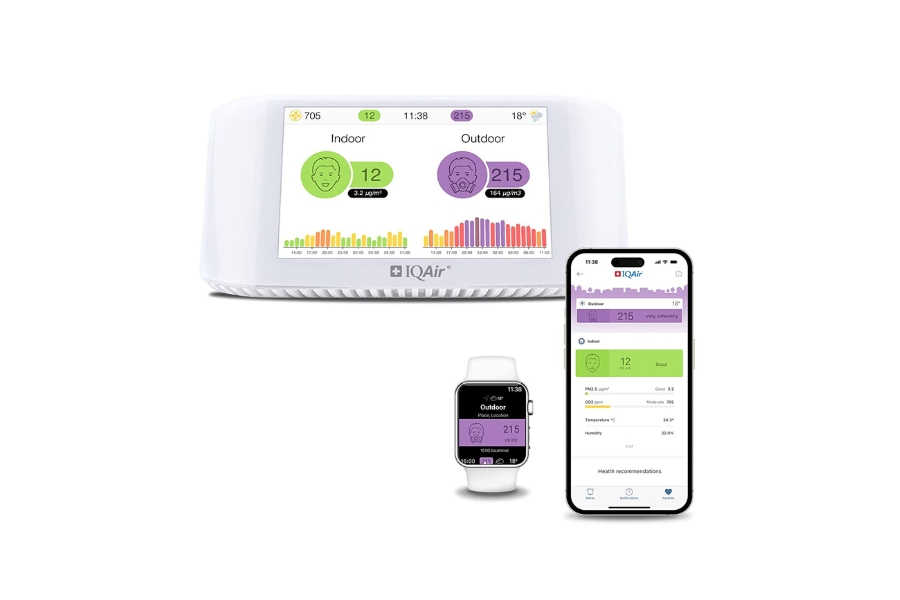


AirDoctor 3500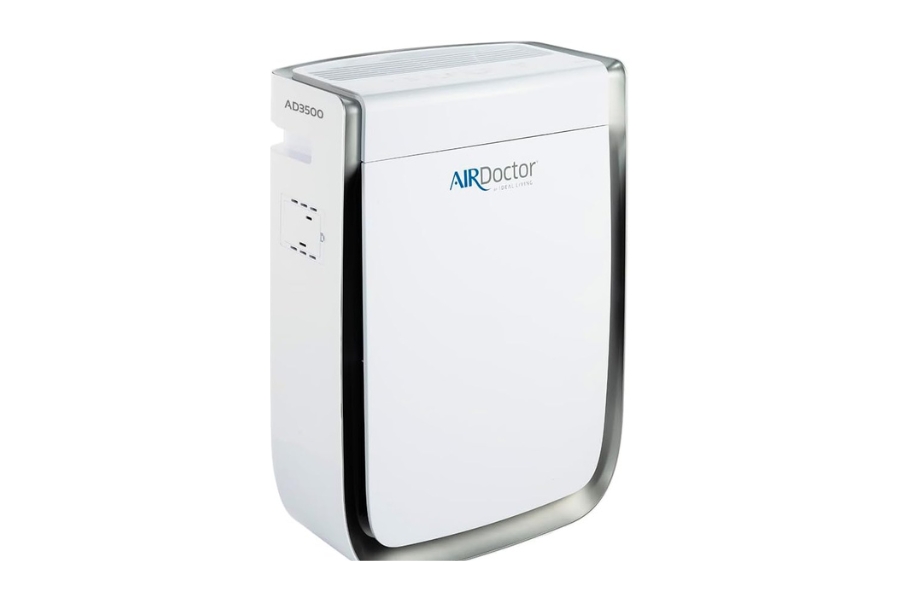


References:
(1) https://www.who.int/news-room/fact-sheets/detail/ambient-(outdoor)-air-quality-and-health
(2) https://onlinelibrary.wiley.com/doi/10.1111/dmcn.14758
(3) https://pubmed.ncbi.nlm.nih.gov/28408086/
(4) https://www.epa.gov/newsreleases/epa-proposes-strengthen-air-quality-standards-protect-public-harmful-effects-soot
(5) https://www.sciencedirect.com/science/article/pii/S016041202300274X?via%3Dihub
(6) https://keck.usc.edu/even-safe-air-pollution-levels-can-harm-the-developing-brain-study-finds/
(7) https://www.epa.gov/criteria-air-pollutants/naaqs-table


